ECHO | Solutions for Truly Ending World Hunger (Hint It's Not MONOCROPS OR GMOS), Practical Ideas for Human Evolution & Abundant, Creative Living!!!
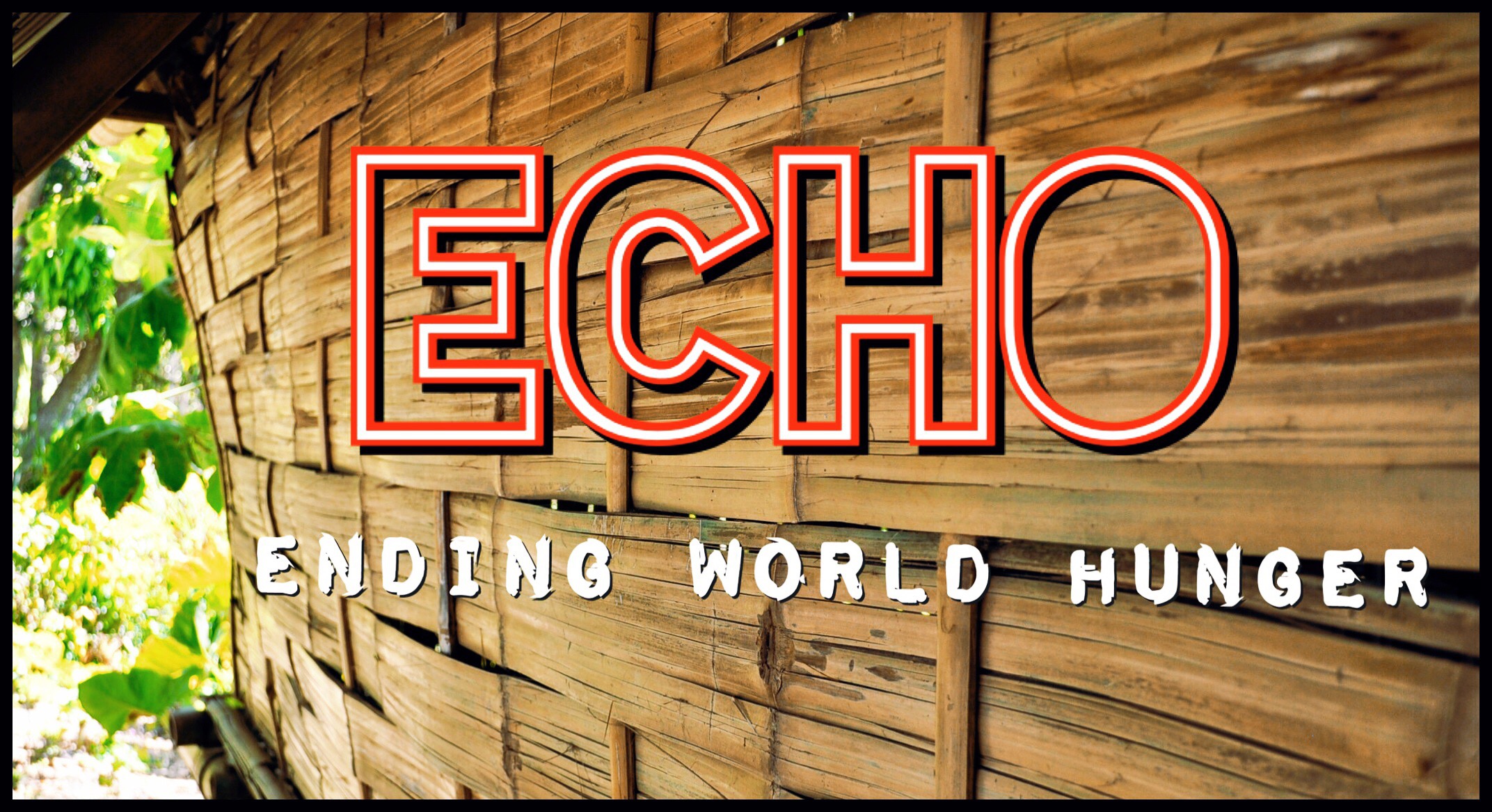
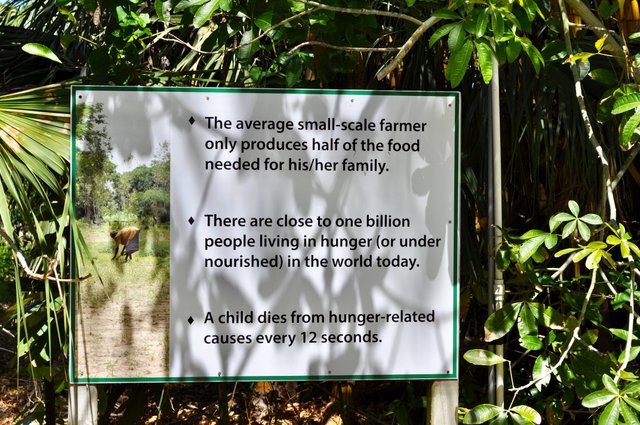.jpeg)
When we hear statistics that 1 in every 9 children dies from a hunger related issue or that over 2 billion people out of the ~7.4 billion estimated to be on earth don't get even 1 meal a day while every 12 seconds a child dies of hunger related causes....
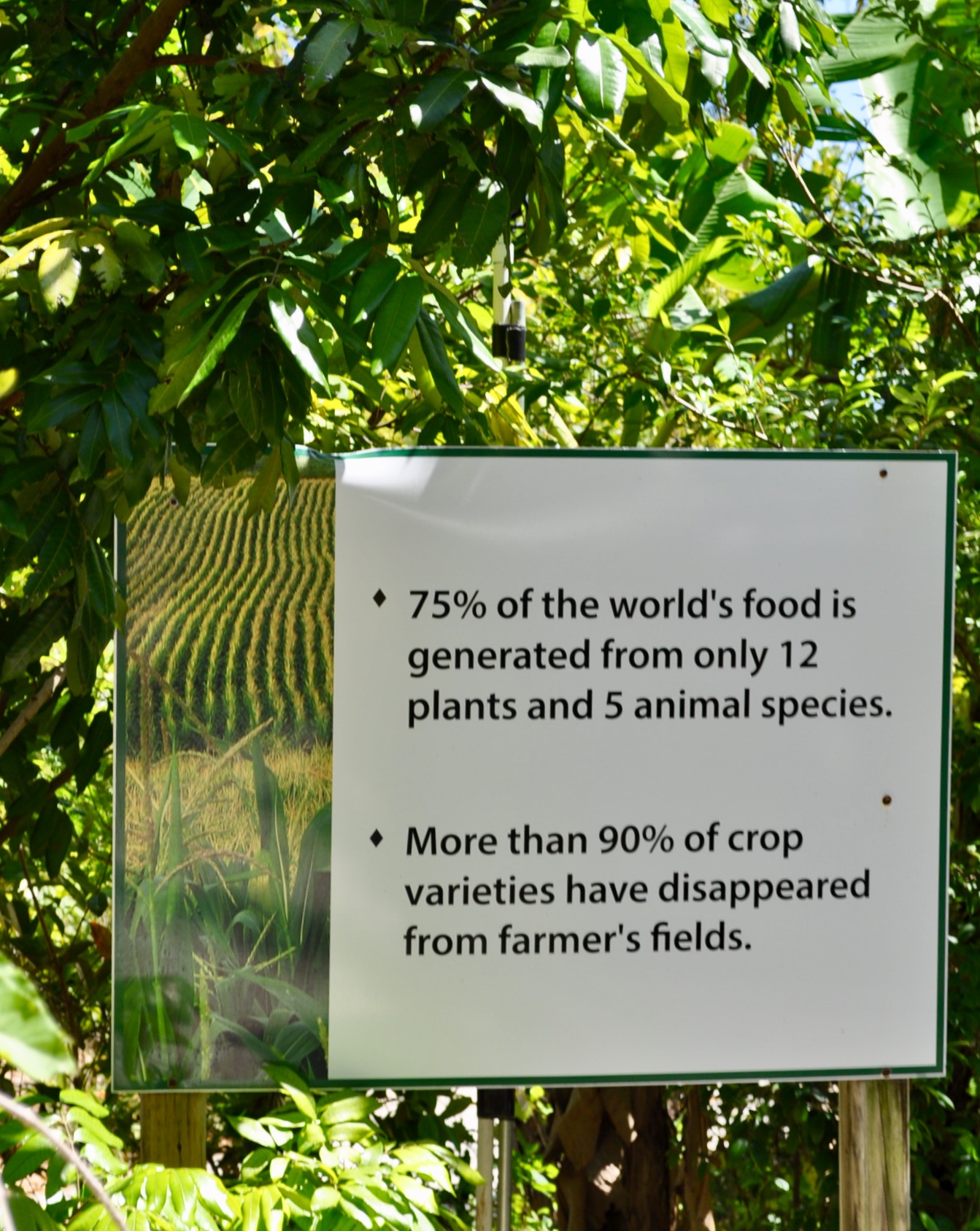
...We feel overwhelmed
What could we possibly do to help this situation? Overpopulation feels drastically out of our hands as does feeing the world.
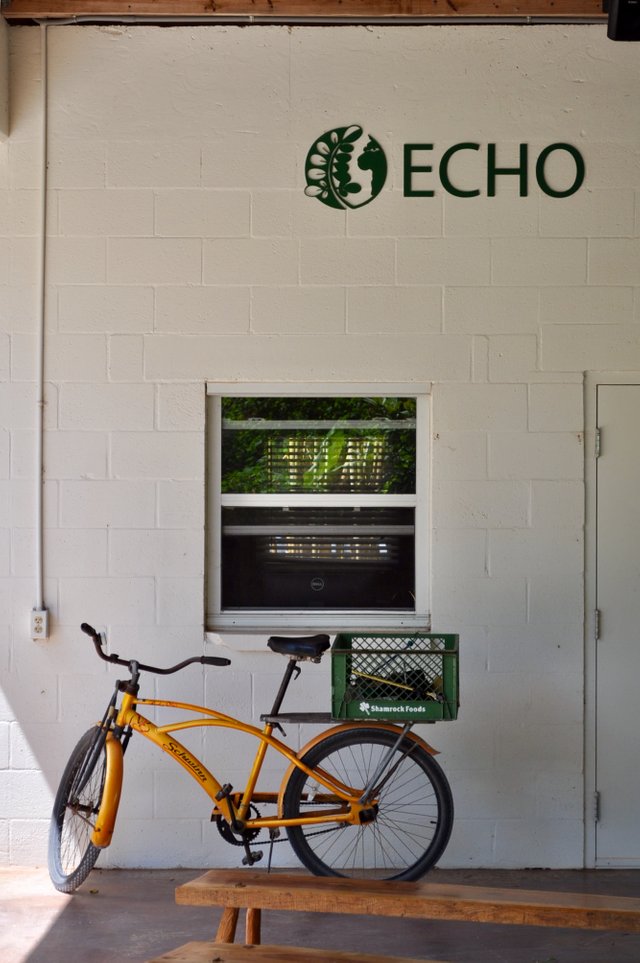
It is rare to have the opportunity to visit a place that is actually addressing these issues & etching away at them.
ECHO is working day by day
To End World Hunger
Watch our Video to learn more:
Our video includes: Food Forests, Raised Beds, Hand Crank Well Pump, Innovation Rice Growing, Animal Tractors, & Obscure Food Crops to help aid humanity!
This is our video sharing some of the highlights of the practical food growing & land management systems at ECHO with our synopsis. Hope you enjoy & that this helps in inspiring humanity!
Continue reading for practical solutions that enliven and enrich the world!
It is our hope that even 10 people will be inspired by this post or learn a new idea that they want to research/implement in their own lives!! Each one teach one!
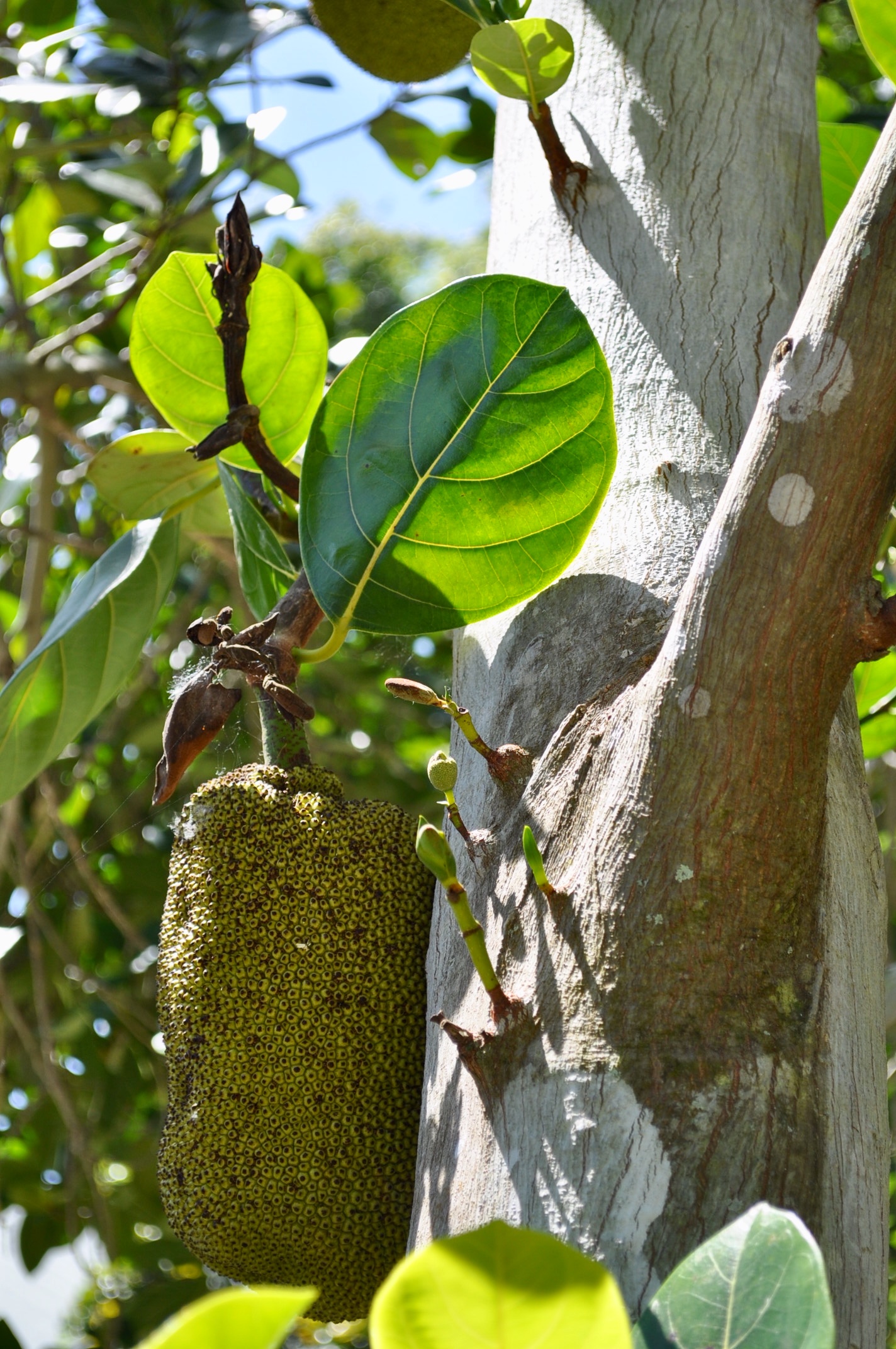
Baby Jackfruit
They do this through their extensive research labs located in Tampa, Florida and Nigeria, Sierra Leon and Thailand.
In these labs they research "best growing practices" and innovative techniques for worldwide crops from Rice to Amaranth, to more obscure, explorative crops we'll detail below. After they have honed these techniques and "field tested them", they send people into the field to humbly offer what they've learned in the areas of need. Of course, it can be difficult for farmers who have been doing one system for generations to adopt a new idea, but, if it works, slowly it takes hold.
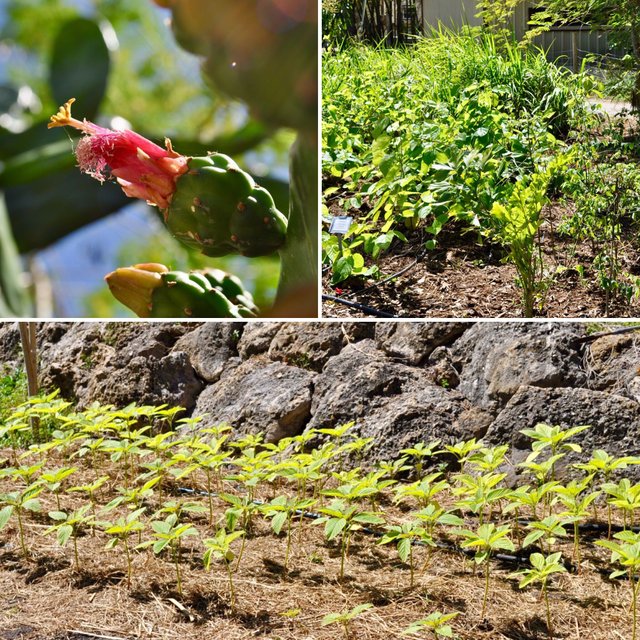
Nopal Flowers and Young Amaranth
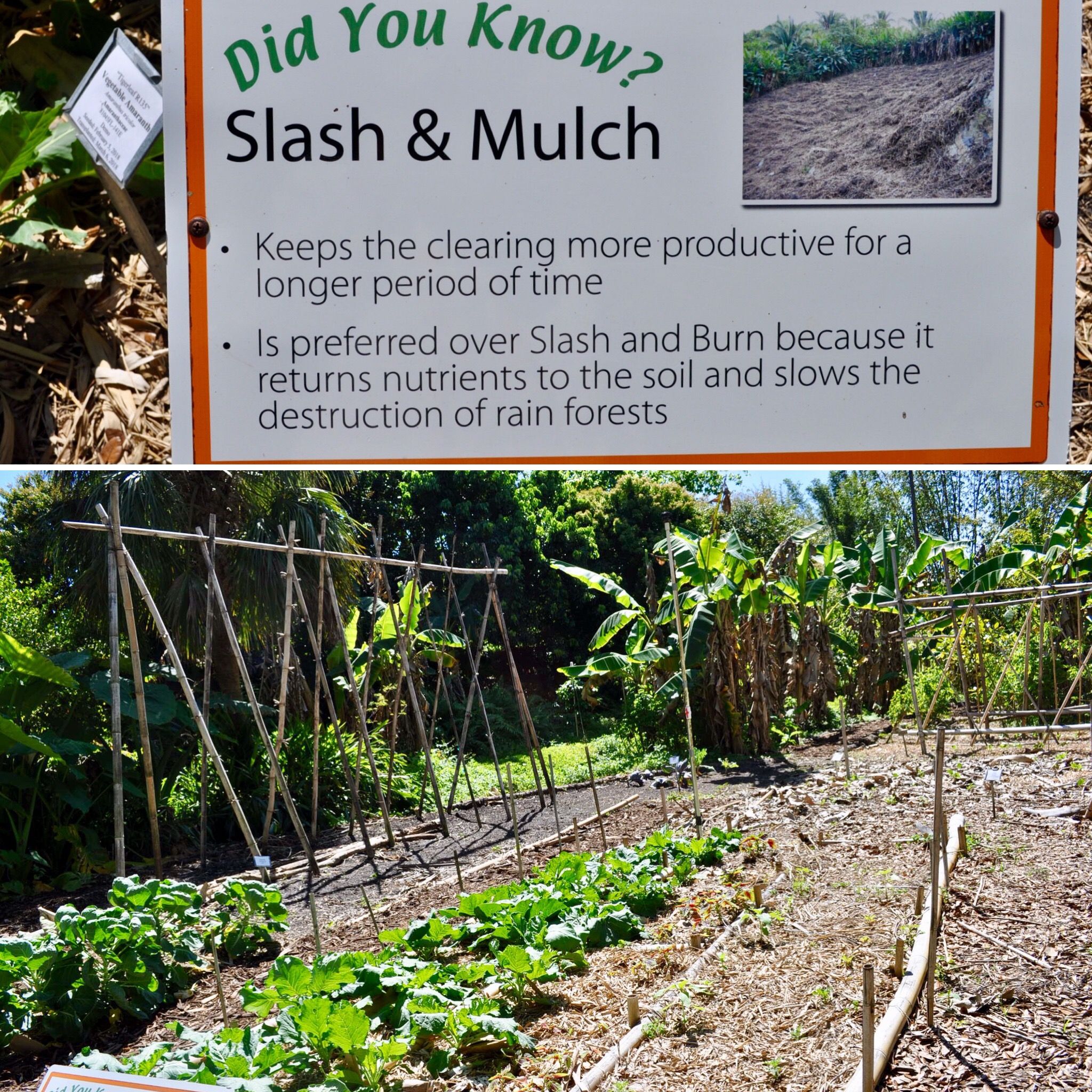
Slash & Mulch Demonstration Garden
This is an effective and simple method for transitioning land into food production. The common method is burning biomass, whereas this methods returns the organic matter to the soil food web. This helps to increase soil biodiversity, conserve moisture and maintain fertility.
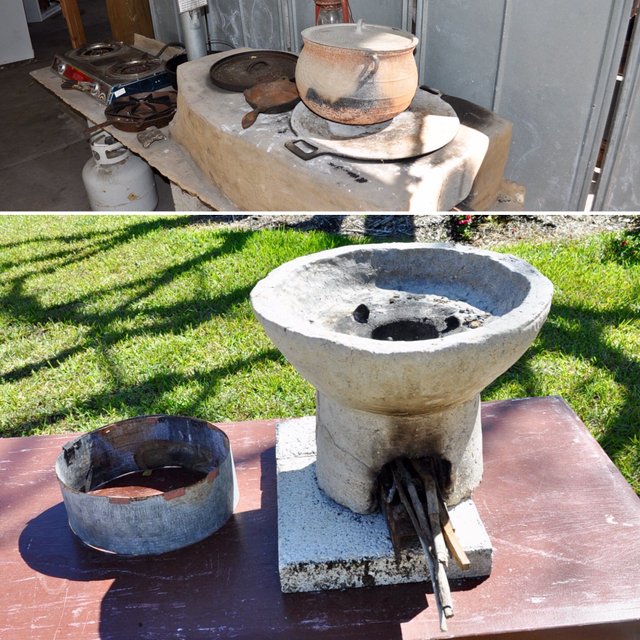
High Efficiency Cook Stoves
The issues associated with open fires and ineffienct cooking stoves are numerous and impactful. Echo promotes and distributes several models for efficient stoves. These stoves address issues associated with lack of fuel (by drastically decreasing the amount of fuel used) and most significantly reduce harmful emissions due to a cleaner more complete combustion. The eyes and lungs of so many (mostly women and children) have been damaged due to inefficient stoves. Stoves like these can make a huge difference for billions of people.
They call this the ECHO effect
As the method takes hold, it ripples out touching many lives and transforming agriculture in the communities, affectively alleviating hunger and empowering the people!!The vision and model for "each one teach one" moved us deeply. Check out their video highlighting their vision. We were both brought to tears while watching it, as it touched something visceral and close to our hearts.
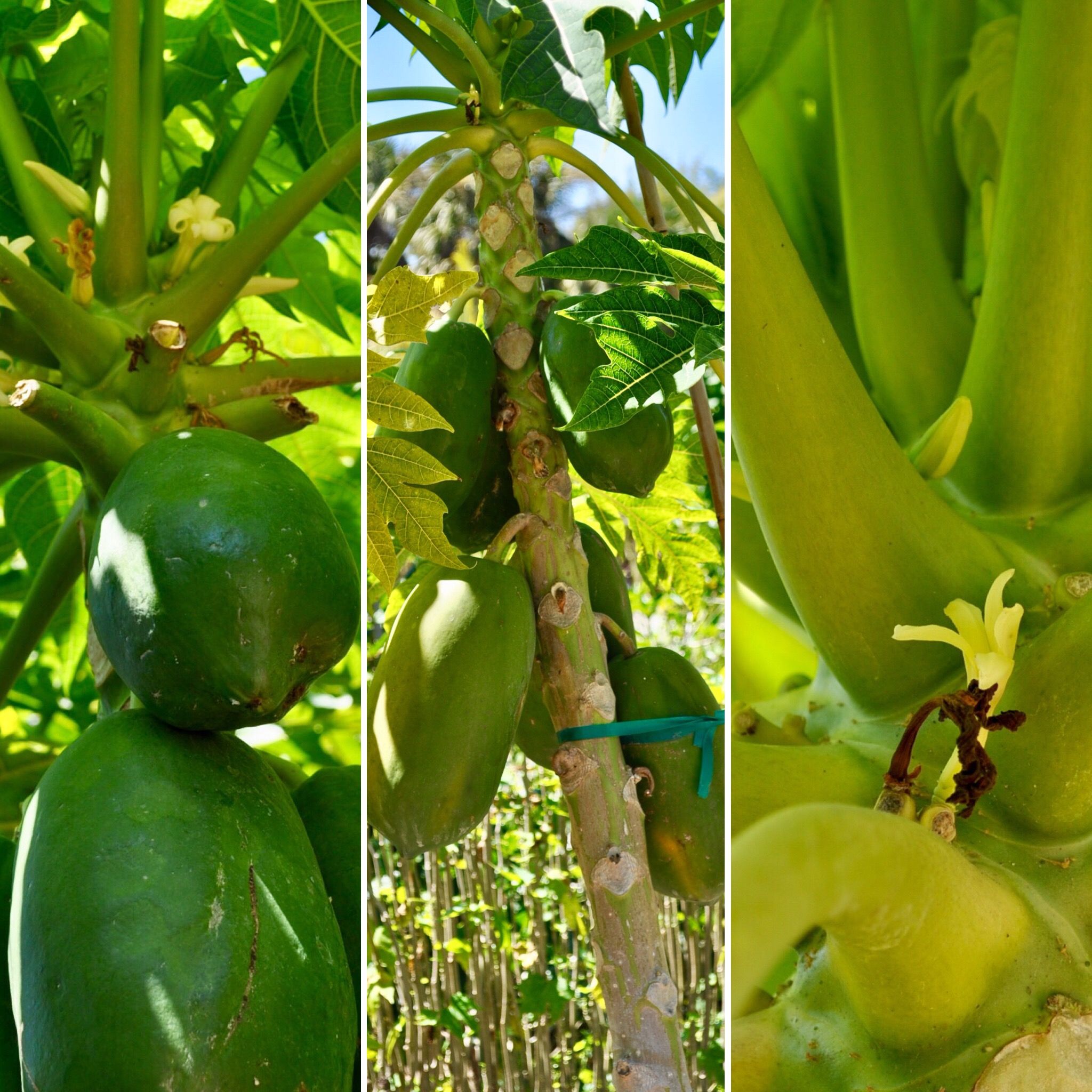
Papaya Fruit and Flower
We took a tour of their over 50 acre Food Forest (We also went to another Food Forest in Florida- read more about that here, Experimental Gardens, Terraces, Tilapia Ponds, and so much more. We took video and photos and through this, we'll try to give you an overview of what we learned and were inspired by. Between the 2 of us Ini and I have likely visited over a hundred innovative permaculture farms around the world and we have to say that we were very impressed with the breadth of demonstration at ECHO!
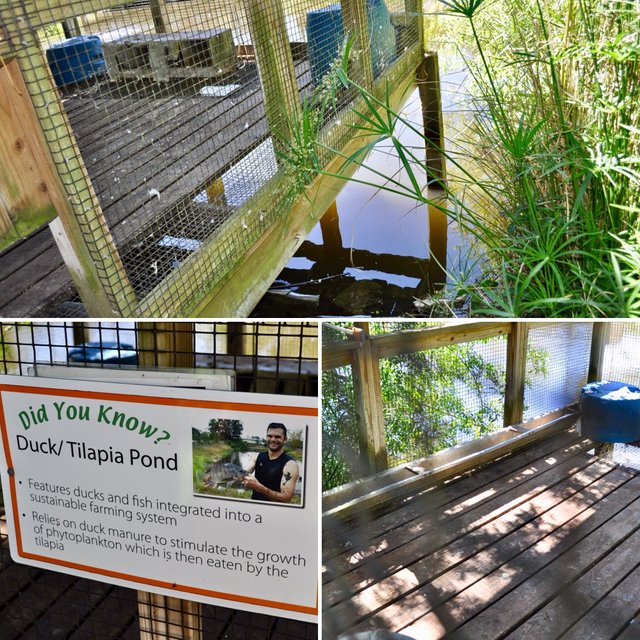
Duck Coop Over Tilapia Pond
Tilapia and Duck Pond
The pond was showcasing a good example of an integrated food system. The bird's coop was located above the pond that was host to duckweed and other aquatic plants. The ducks (who provided eggs and meat) ate plants and insects from the pond and their manure fertilized the plants which fed the tilapia (which was harvested twice a year). There was no mention of edible human plant foods, but certainly lotus or water chestnuts could be integrated as well. This is a good example of using a "waste" as resource.
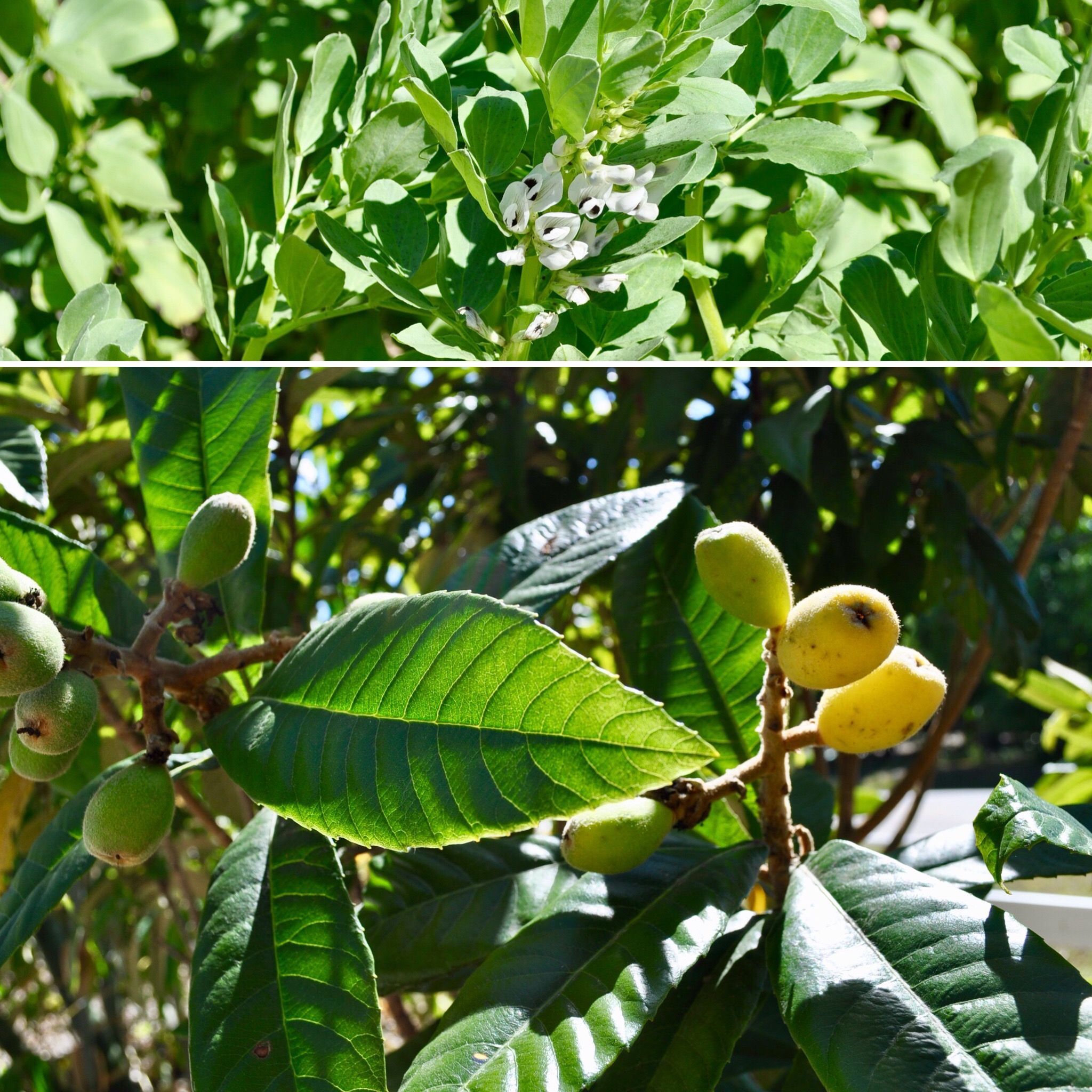
Fava Flowers and Loquat Fruit
They're doing a great job and are certainly on the cutting edge of food production to help the world! We were inspired and ask that you'll share this post if you feel inspired too so that more people can hook up to the ideas! It's all about spreading the ideas!
Unique Plants @ ECHO
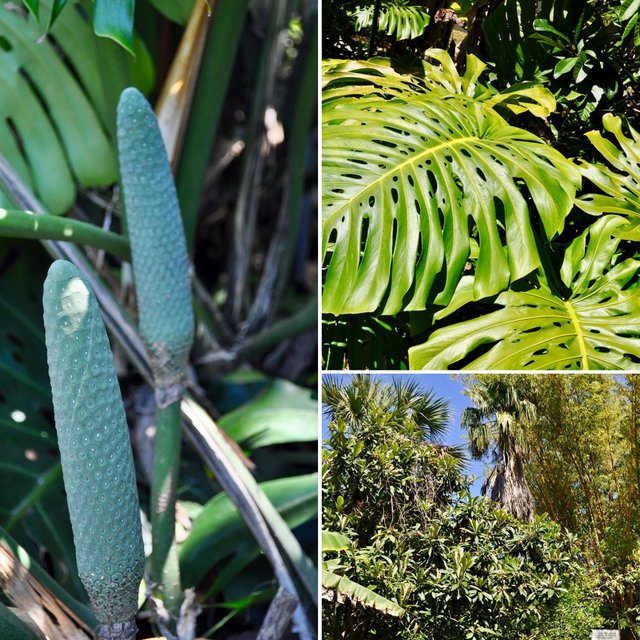
Immature Monstera Deliciosa Fruit
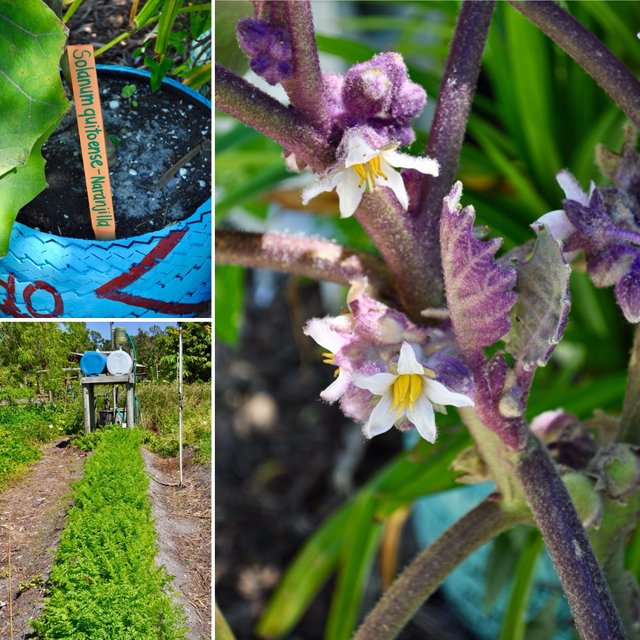
Unique Solanacea (Naranjilla) and Simple Bucket Drip Irrigation
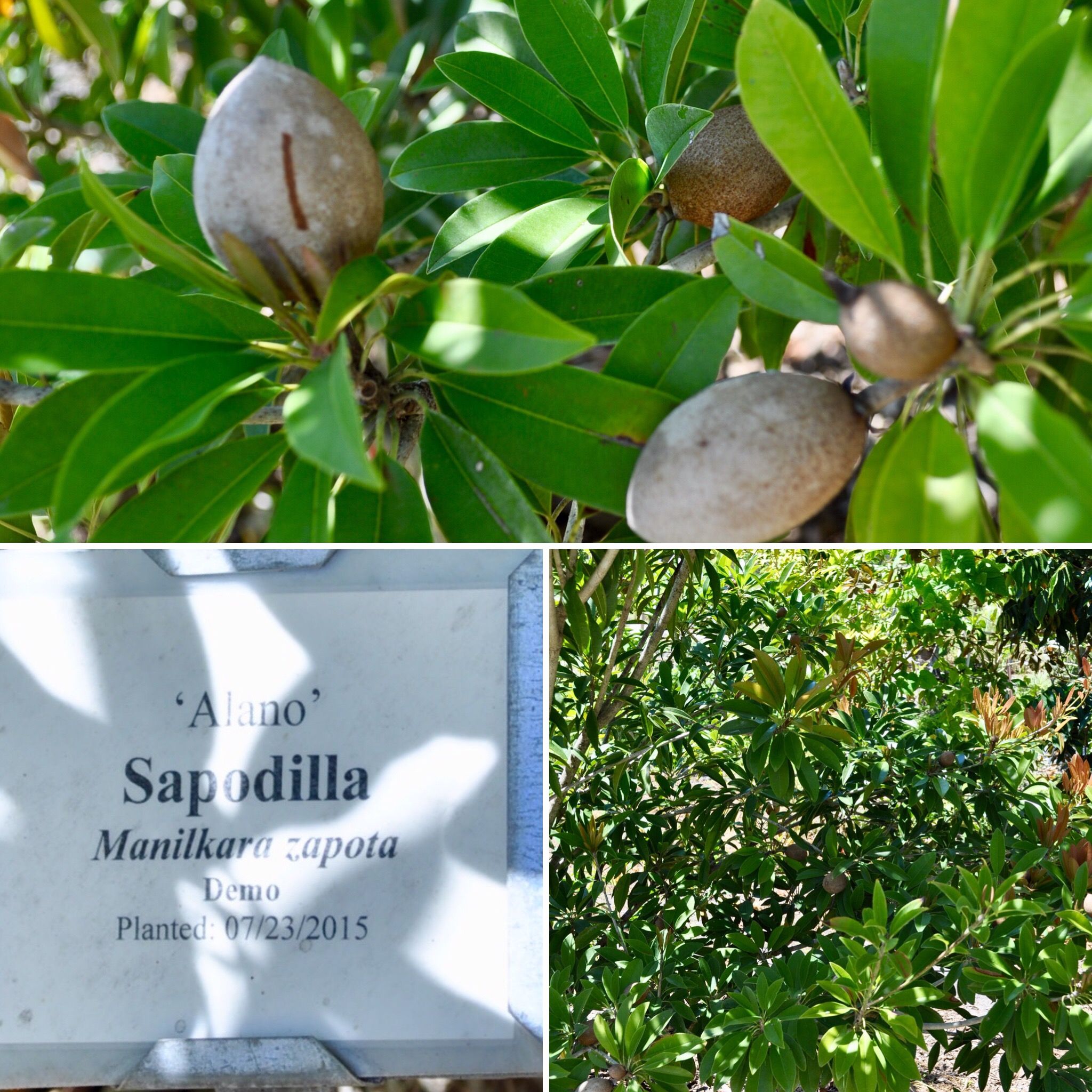
Sapodilla
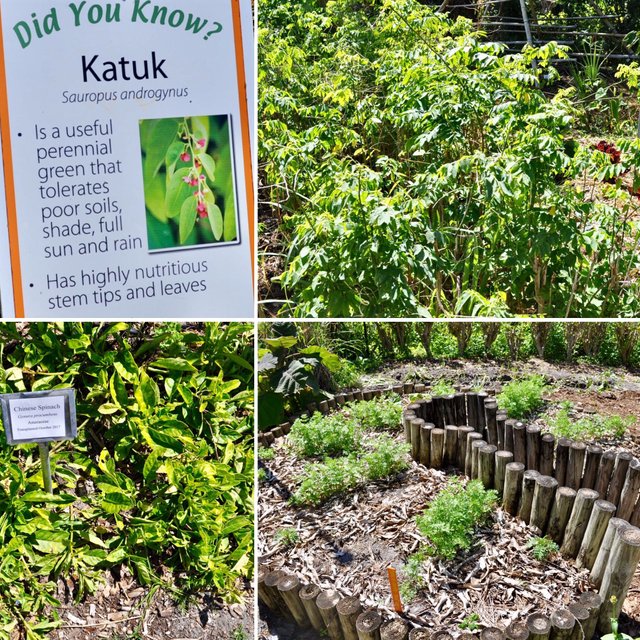.jpeg)
Katuk
Using Bamboo Stands For Building
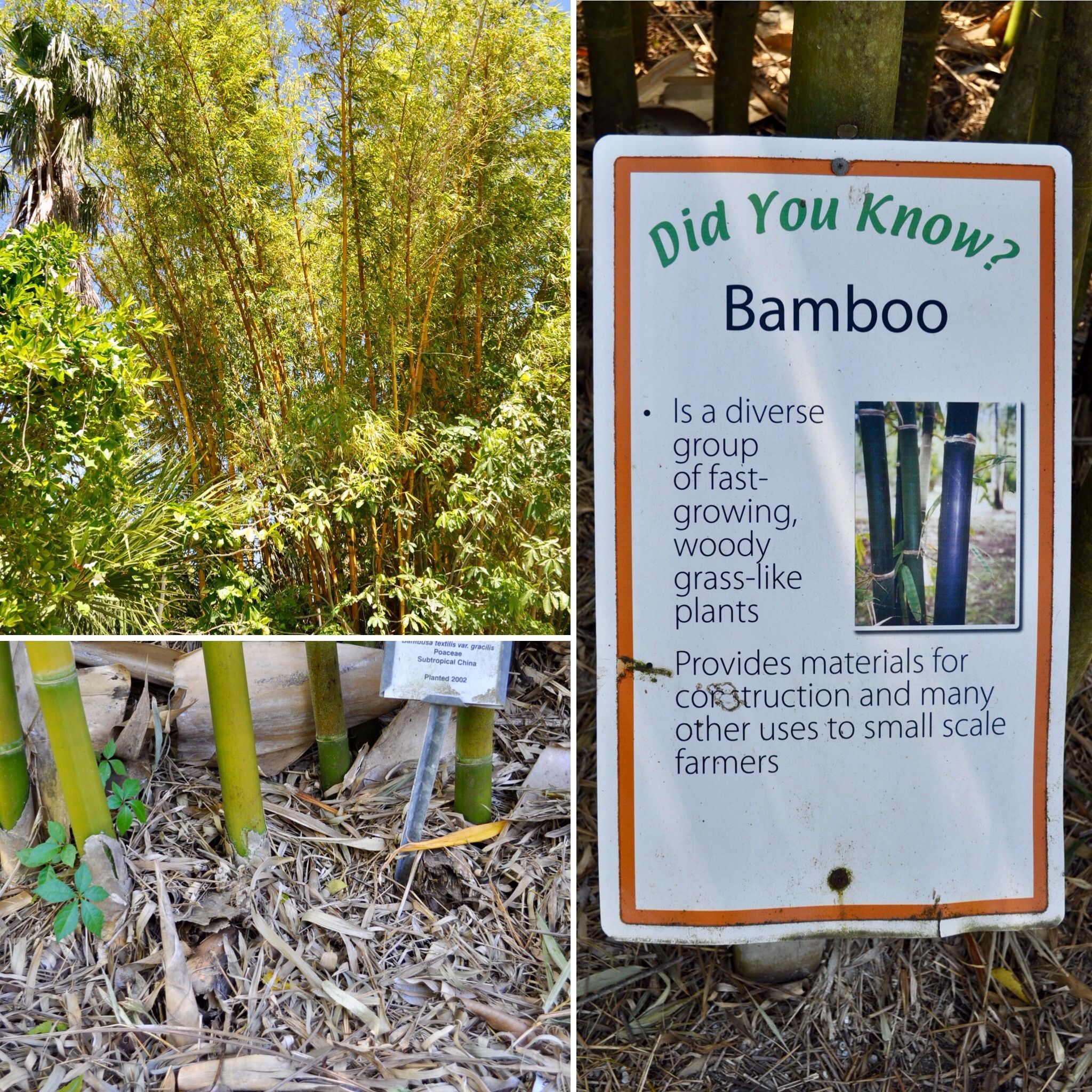
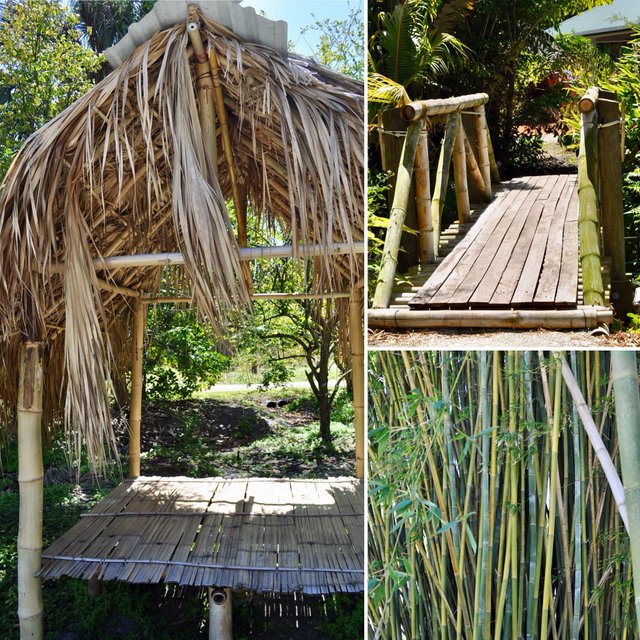
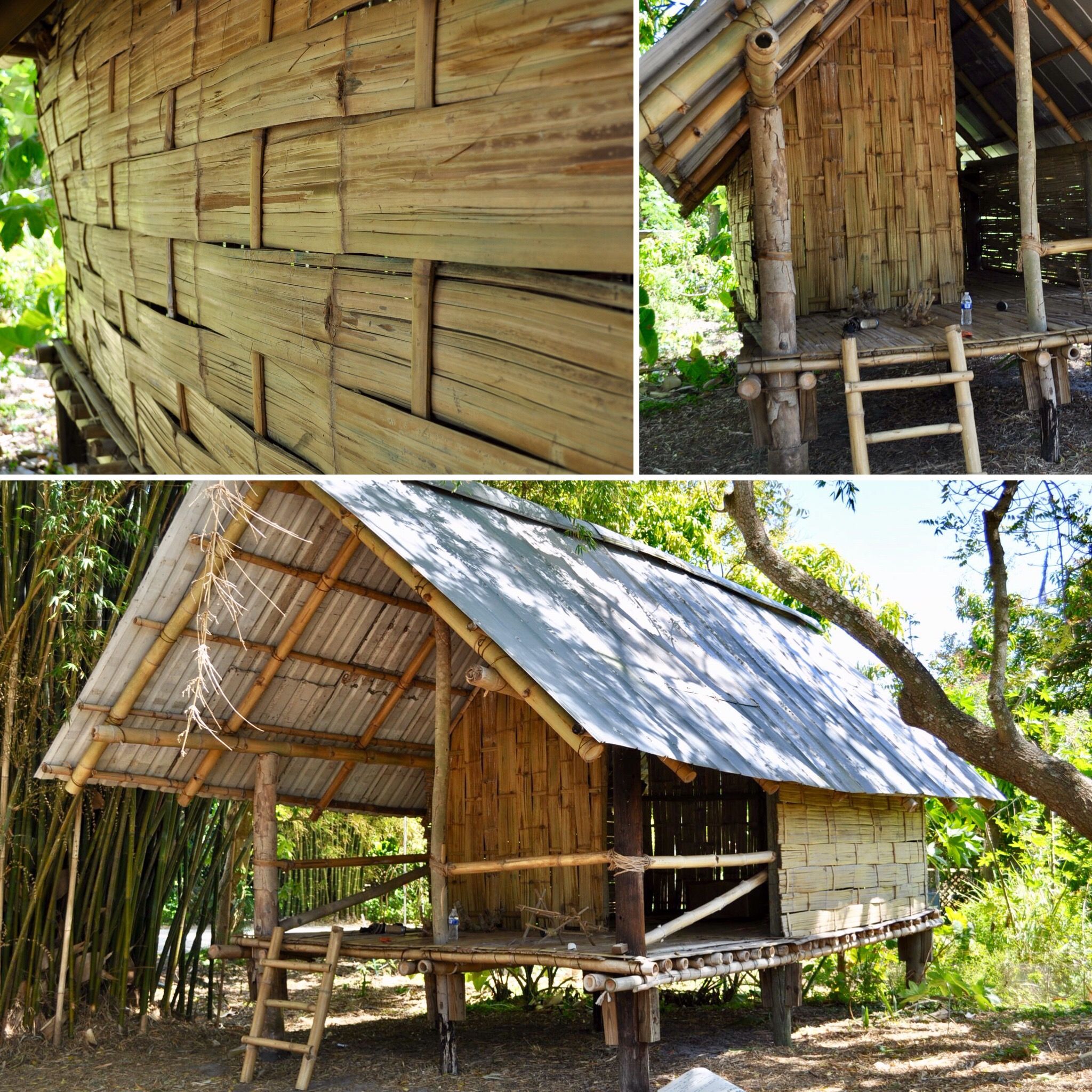
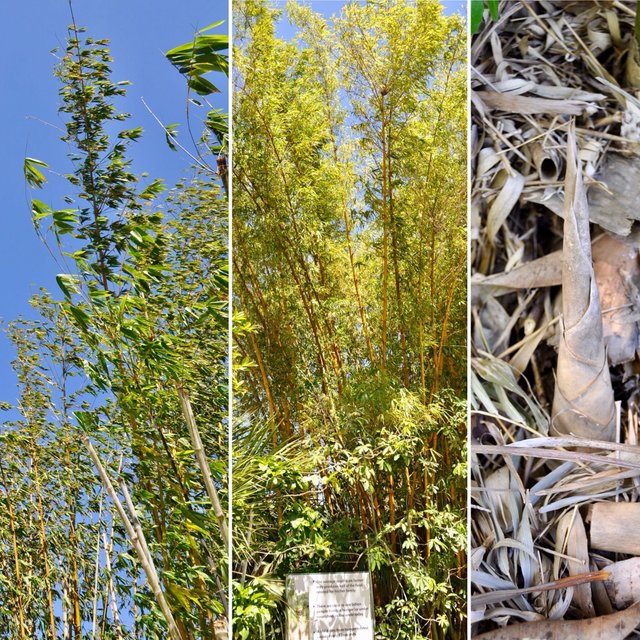
Bamboo is of course an incredibly versatile and renewable resource. Being a grass, it grows rapidly and uniformly and its utility is outstanding and certain varieties provide food. ECHO helped educated and distribute numerous useful varieties globally.
Other Things @ ECHO
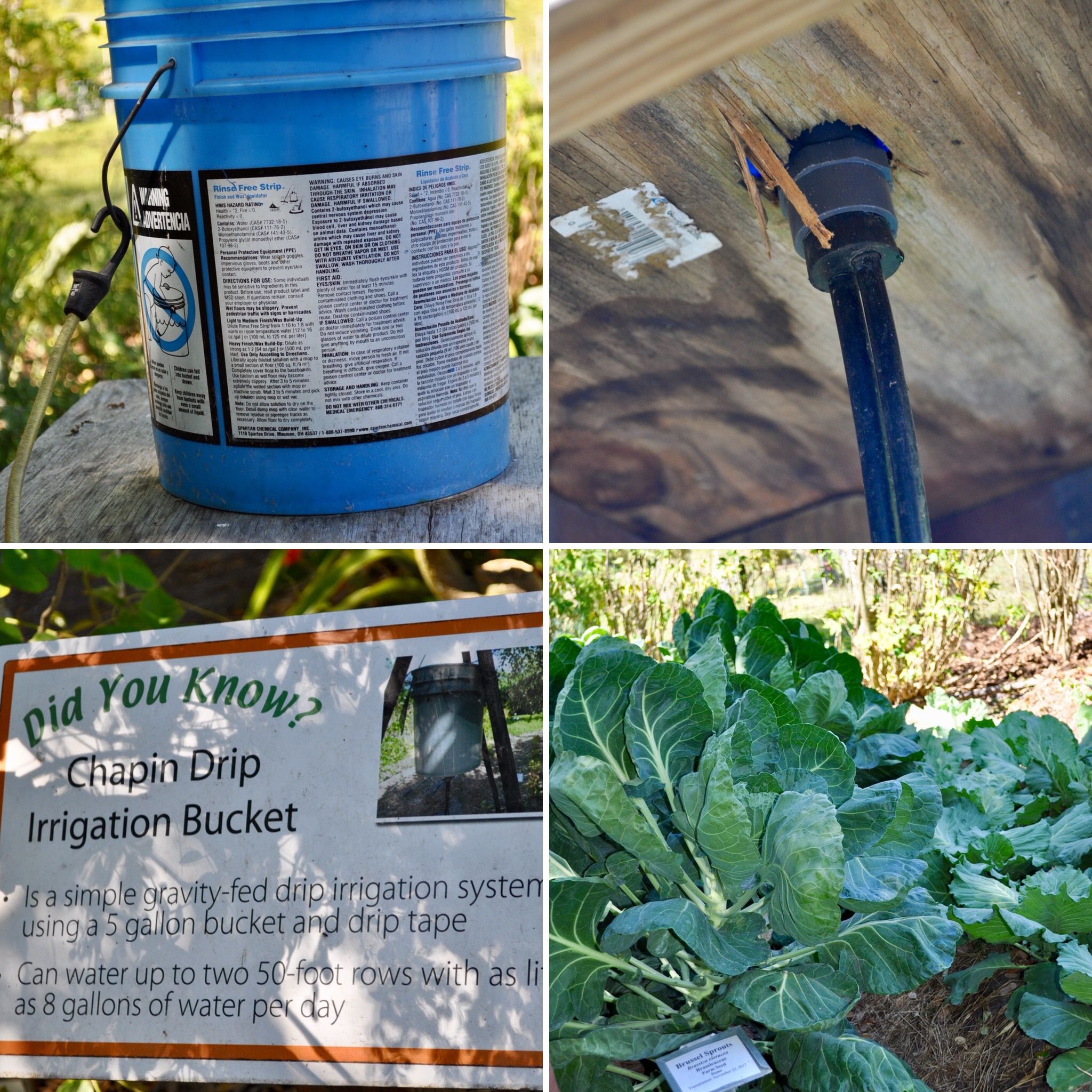.jpeg)
Drip Bucket Irrigation
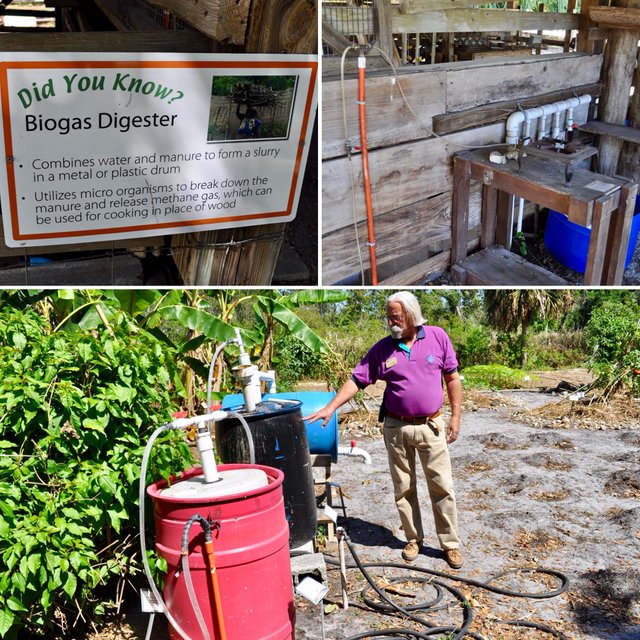.jpeg)
Biodigester
This is a grassroots method of producing and harvesting methane (used in the same manner as propane). This example is made using a 55 gallon barrel and easy to find plumbing parts. The blue barrel is where the magic happens. In goes biomass (usually manure) and out comes methane. The anaerobic bacteria consume the material and release methane. The methane flows into the upside down white barrel floating ing water held by the red barrel. From there it is piped directly to a cook stove.
.jpeg)
Hand Cranked Water Pump
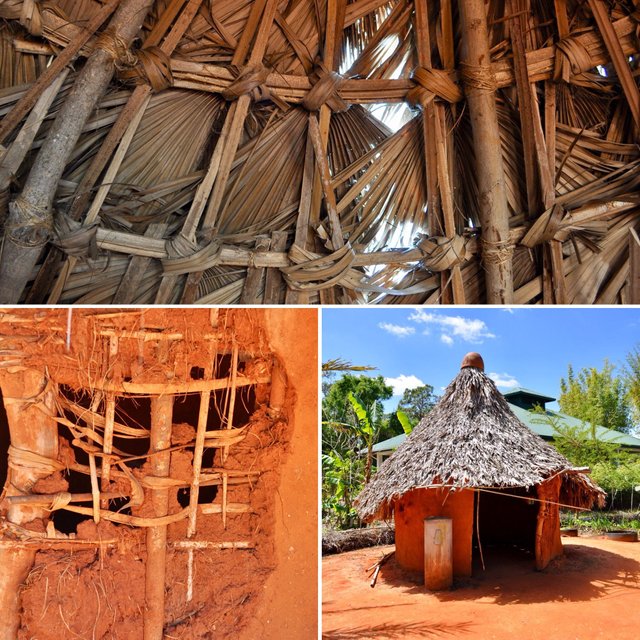
A clay hut showing an accessible and easy method for shelter building.
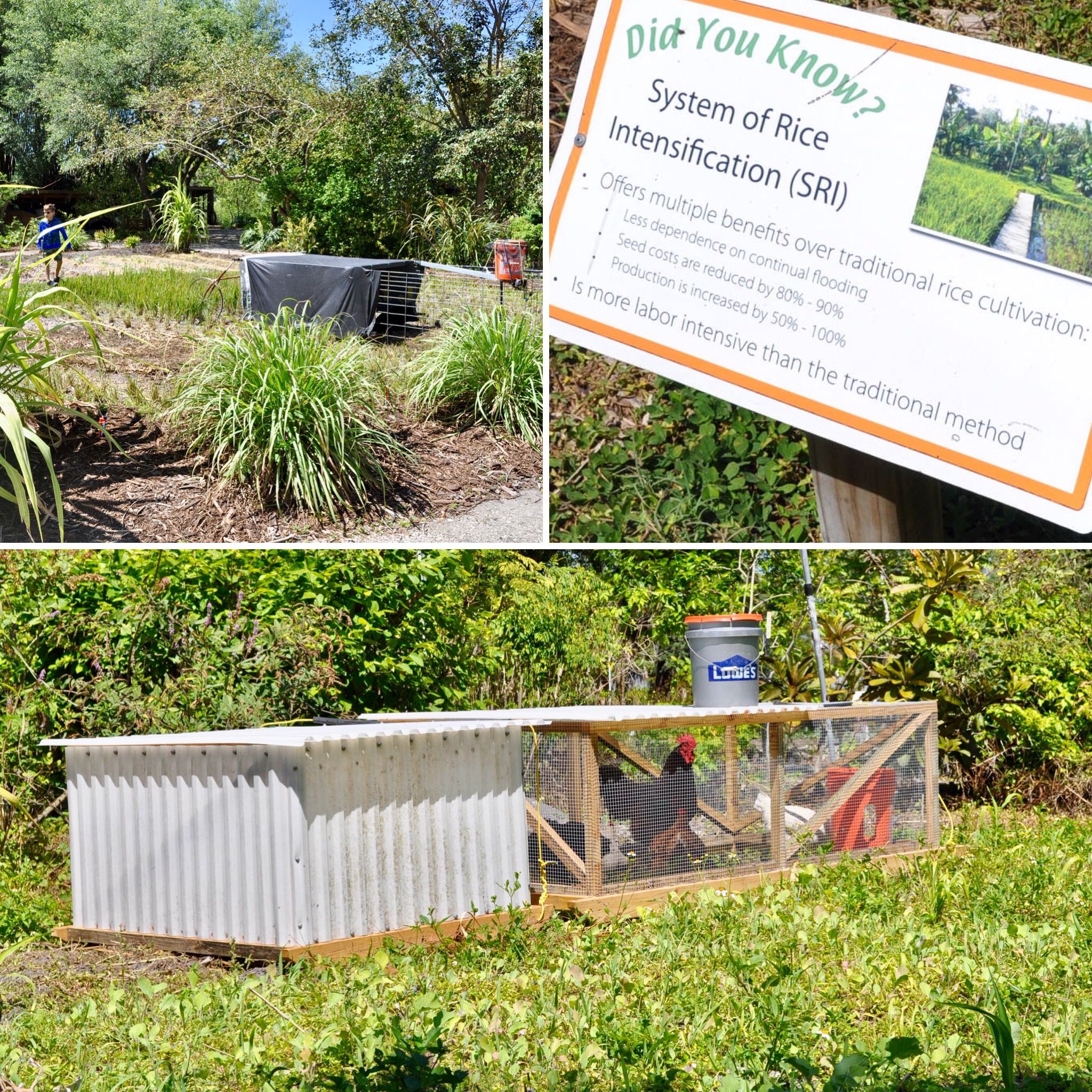
Rice Intensification Study & Chicken Tractor
This was a comparison plot of rice production system.
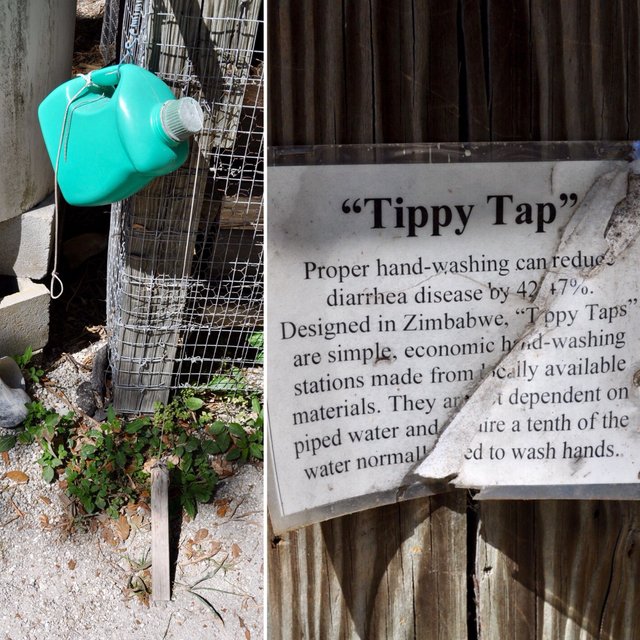
Tippy Tap for Easy Hand Washing
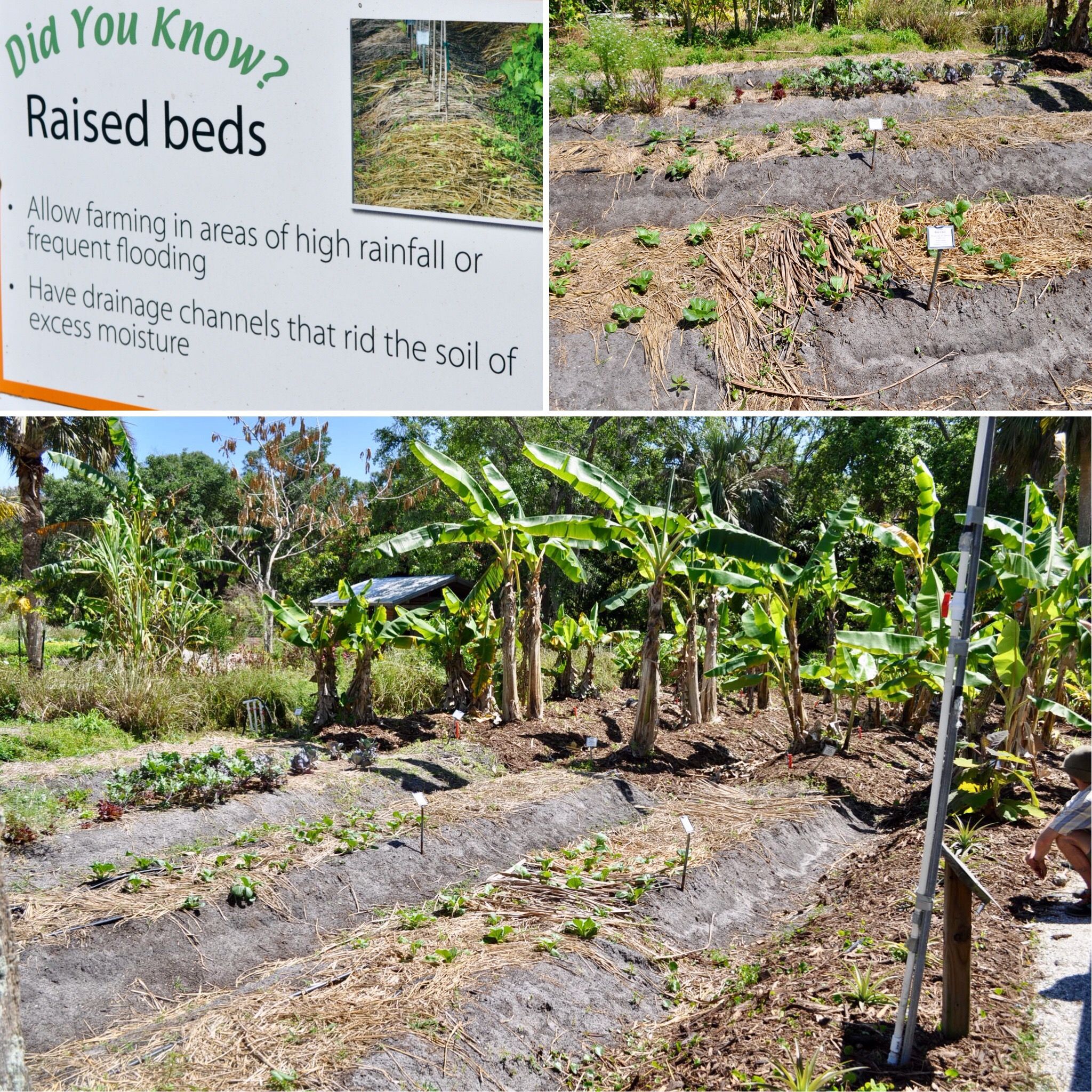
Raised Beds
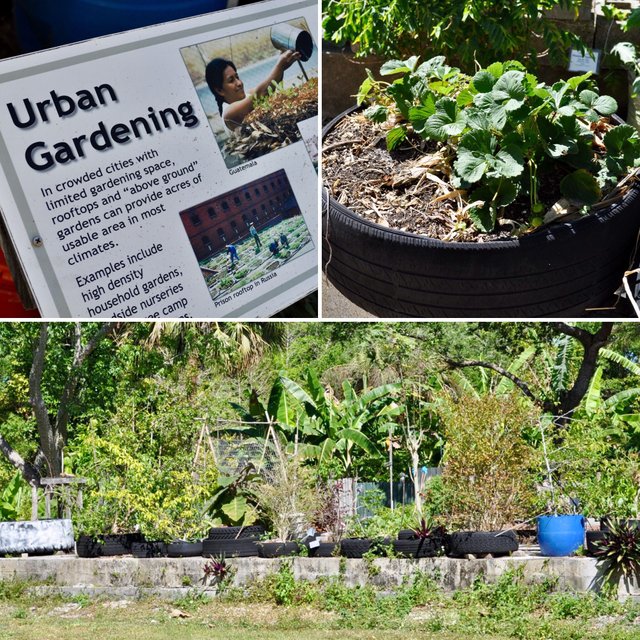
Urban Garden & Carpet Wicking
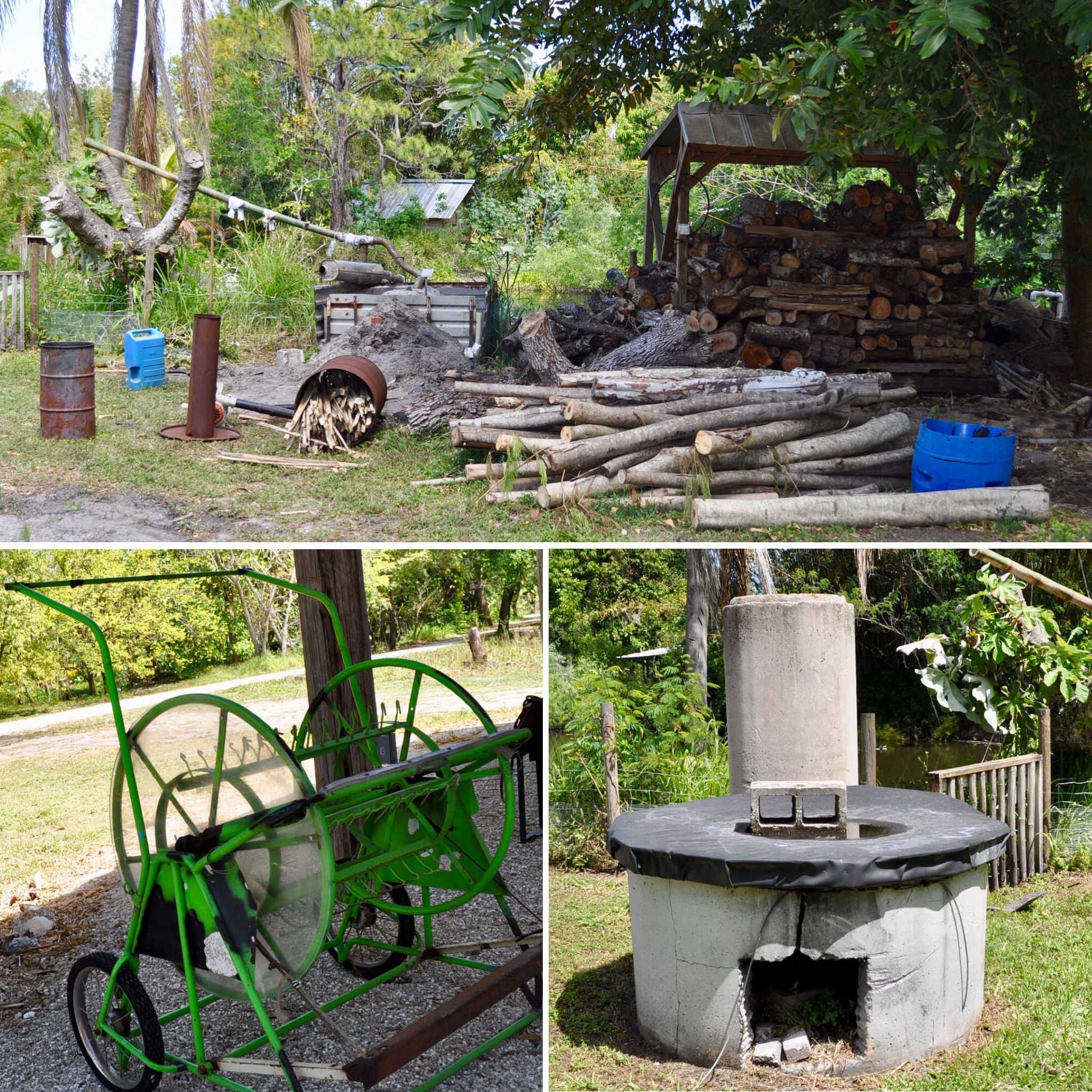
BioChar, Bicycle Powered Rice Thresher, Cooking Technology
The mission to provide appropriate technology to those living close to the Earth is noble and glorious indeed.
Access to information, resources, tools and skills can change the quality of life for so many. ECHO is instrumental in sharing replicable methods for producing biochar (for carbon sequestration and soil improvement.), agricultural equipment that could be built on site by the producers themselves, and building efficient cook stoves to greatly reduce the need for fuel.
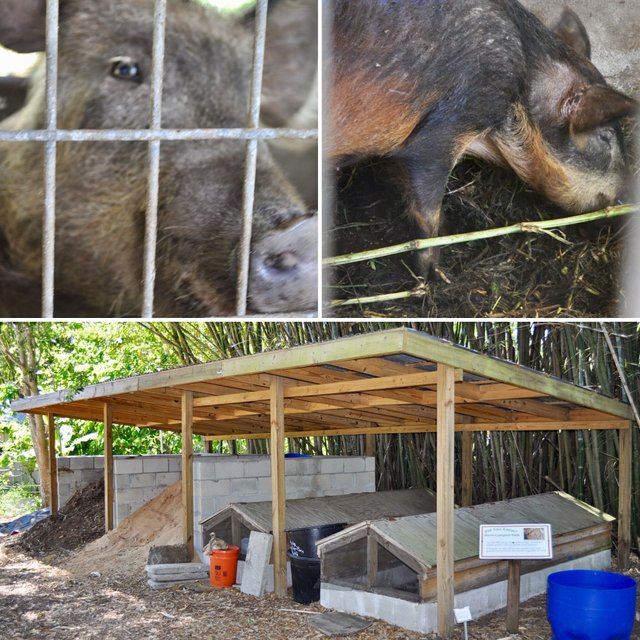
Pigs & Worm Composting
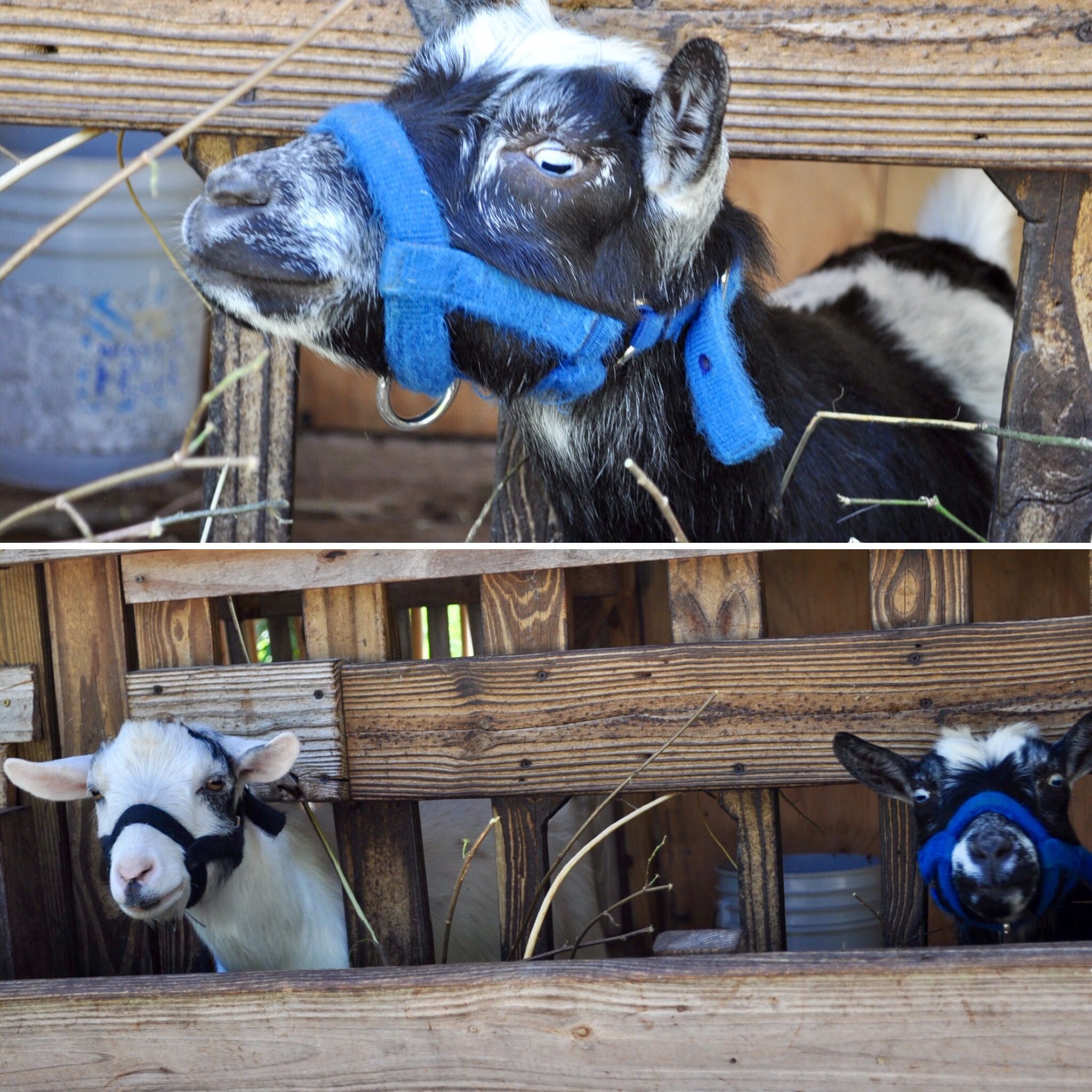.jpeg)
Goats
Methods for keeping and utilizing "biomass processing factories" such as worms and pigs with simple and effective were shown here. Methods for feeding pigs "waste" products and designs for infrastructures for vermicompost were demonstrated at ECHO. The effective use of "waste" products turns them into meat of high quality compost can make a big difference.
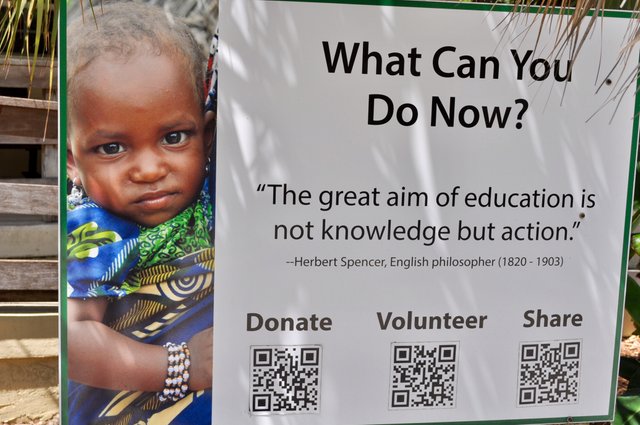
As you can see, they're doing so much at one site that is rippling out to touch many people.
One farmer gets the gist and thrives and then other people are attracted to learn too!
In this way, we think ECHO is truly having an impact on reducing world hunger! We were so thankful to visit this inspiring place as big visions help the rest of us to dream big!!
As mentioned earlier, it is our hope that even 10 people will be inspired by this post or learn a new idea that they want to research/implement in their own lives!! Each one teach one! Thanks for reading!

This post was written by a member of the #ecotrain. Check out the latest @ecotrain magazine to read more inspiring articles by the other passengers!
▶️ DTube
▶️ IPFS
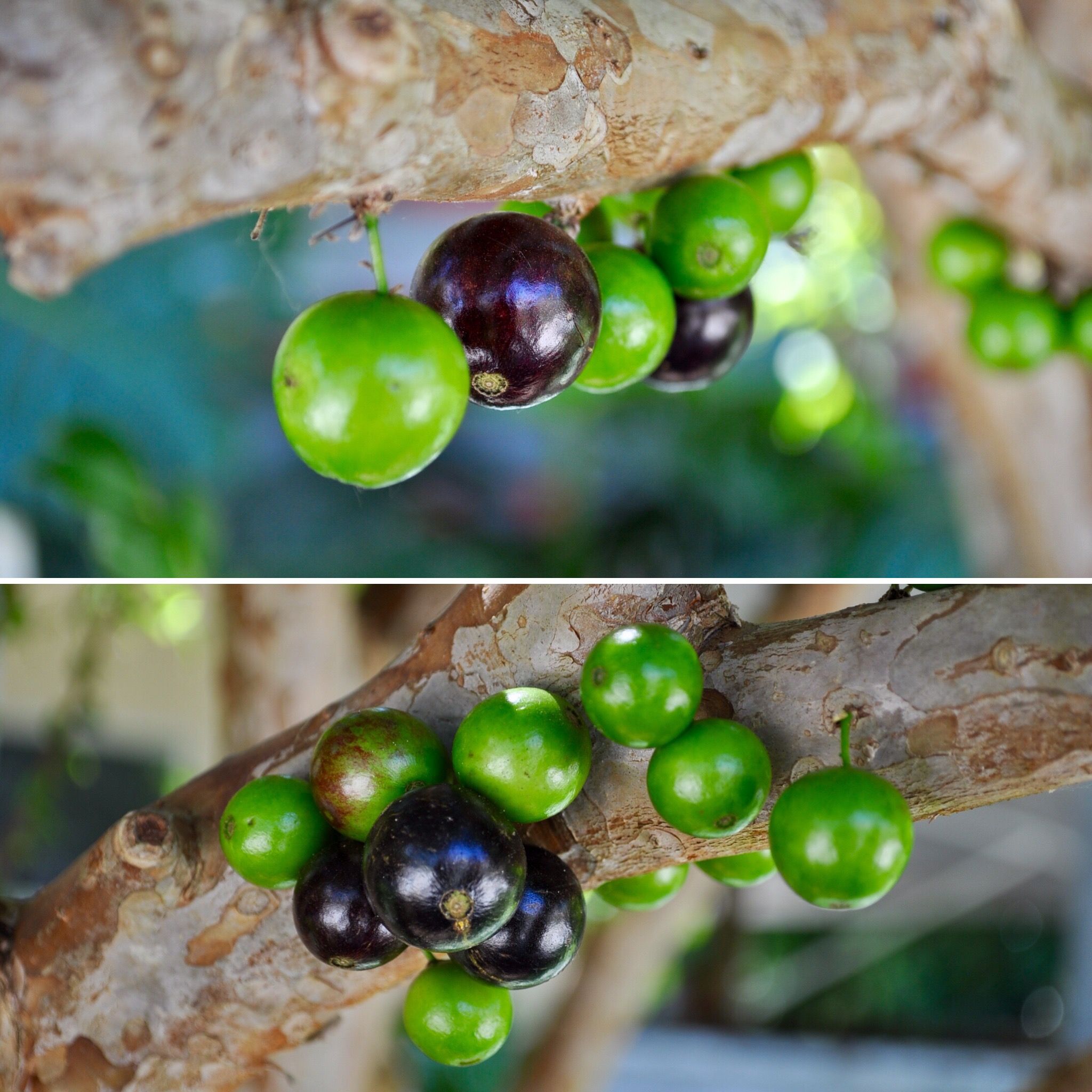
This was really inspiring.
I wonder if you might have any insight on getting a tree from where I am in Northern California to grow in my new yard in New Mexico. I have a wonderful plum tree that someone said I might take a cutting from to replant in my new home in NM. I'm wondering though it that might 1) work at all, and if so how; and 2) if it would be the right environment for the tree and the tree good for the environment.
I've heard many things about eucalyptus trees being the bane of many a place once planted, but I've always had the impression that tree is the exception because of its oils. But in general, is planting a tree in a new location not a cause for concern in terms of whether that type of tree is already there? And plum trees specifically, since that's the one I'm hoping I can have remain a part of my life forever. Do you know anything about this?
SO happy to share inspiration @indigocean. Let me begin by sayin I'm not very familiar with propagating prunus (plum genus) via cuttings (as in NEVER done it!). Typically this genus is seed grown and grafted with a known cultivar. That said if you can get a root sucker (an upward growing shoot near the base) and keep it moist (perhaps wrapped in wet newspaper or coir or potting soil) it may root. Some crushed aspirin, willow tea or rooting hormone may encourage root development.
As for the right environment, plums are generally hardy, although some more than others. Ideally you could find a wild plum and graft the California plum onto it. Chokecherries grown over a large part of NM, so if you could secure a seedling tree this may make a good candidate. Eucalyptus are notorious for quick growth and for being "invasive" meaning they take over native habitat, but I wouldn't be worried about introducing a "non native" plum to NM, but it's always great to be mindful of such things.
Thanks so much!
My grandparents lived in New Mexico, and that is where I spent my summers as a kid, so what I can say is, it depends upon exactly where you are.
As long as you nurture the cuttings for the first year or two, you should be fine, and they will probably do well over time.
If you are in extreme northern New Mexico, as in Zone 2 near the Colorado border, then you may want to nurture them longer, and give them a high tunnel or greenhouse, in which they can thrive without having the extremes in temperature and high winds that that area is known for.
In the end, it is your choice, and I wish you well in any case.
Regarding eucalyptus, as a native Californian, I totally get where you are coming from. They are amazing, and often beneficial trees.
But, as a fourth-generation conservationist, I would never knowingly propagate eucalyptus on the West Coast of the U.S. Or, really, anywhere in the U.S.
The fact that a plant or tree has beneficial qualities does not automatically make it a great idea for wherever it happens to be growing, as it may well be outcompeting native species that are even more beneficial for their current locale.
Every space needs to be considered on its own merit, and each species being considered for said space needs to be considered accordingly.
For the record, my husband and I own a small building lot in northern New Mexico, which we purchased because of my great love for the area, and my memories of great vacations taken nearby with my grandparents when we were kids. I'll be happy to share what I know.
Good luck.
This must be the key to the future: cooperative effort in simple but effective agriculture on a small scale... where poverty can actually be overcome. It won't come from the top down. Great post. Gives us hope.
This certainly is ONE key, albeit a VERY important one. Now if we can just end all this war...
I like what you wrote about how small scale is where we can overcome. There are riches in the Earth, and we are wealthy if we return to our Mother. happy to share the good vibes, we all need a boost of hope at times. Today can be tough, but we can also work for a brighter tomorrow.
Wow! So many great ideas! I will resteem this here and also share it to Facebook. People need to be inspired by this!
thank you!!! yes!!!! spread the word! there is so much here <3 blessings ~~
guys, you are as always unbelievable in your determination! That is so HUGE topic and such a nice introduction! for me just in time as I thought there to donate some money to a good cause! I can't stop being amazed by and impact you make to the world!

Thank to people like you and all organisers of ECHO world has hope!
Image Source
thank you dear!! just read your beautiful post and feeling very inspired (humming even with energy) about these connections with plants! let's keep spreading this hope :D!! <3
Yes, we are on the way!!!
"Each one teach one", so beautiful. What a educational post. Hard to believe this is right out our back door. So much to learn and teach others. I love the tippy-tap concept for hand washing. That can be so instrumental in preventing hand born sicknesses, even in the US!
Well said @birdsofparadise. Isn't it amazing how many beautiful opportunities there are to share, learn and connect? You've certainly shared a lot with us and we're learned a lot from you ;) The tippy tap is SUCH a great idea. It seems to shows how the info for "undeveloped" countries is really more universal and we can ALL benefit from learning to live close to the Earth.
This makes a lot of sense, i hope this post gets to a lot of ppl.. The plannet need us.
AHO, we all need to spread the good news and rise up together!
They have everything under the sun, but no aquaponics? When you got to tilapia I thought you would get there... lol! To my way of seeing things, AP is THE answer for global hunger. It can be done indoors, year round, weather will not destroy crops, and you have meat and veggies all in one system! (Note my screen name... I am "all about" AP!)
I didn't see any aquaponic system, but thanks for bringing that point up! Perhaps due to their focus of rural communities some of the supplies needed may not be accessible??? The duck/tilapia system was passive and fairly simple, though I'm sure with a few tweaks it could certainly yield more food. I agree in the efficiency of AP and look forward to delving into in in the near future.
We had a system going for a few years, but when we moved out here we could not get our infrastructure in fast enough and lost our fish. But that duck / tilapia arrangement is nearly there! I was really surprised they did not have at least a few plants in the mix!
too bad about losing the fish. I too was surprised they didn't crop lotus or arrowroot, watercress or water chestnut.
Yeah, that's what I am talking about! Slackers... LOL!
That's awesome! Looks like a cool place to visit. You can learn a lot of tips from them. What will you be incorporating into your homestead?
Well, honestly much of the info was not very new to us, and many of the crop are tropical but.... the tippy tap actually will be a project we do the first day we get back. Hand washing is crucial and this example was priceless. Perhaps a version of the duck/tilapia system in the future.